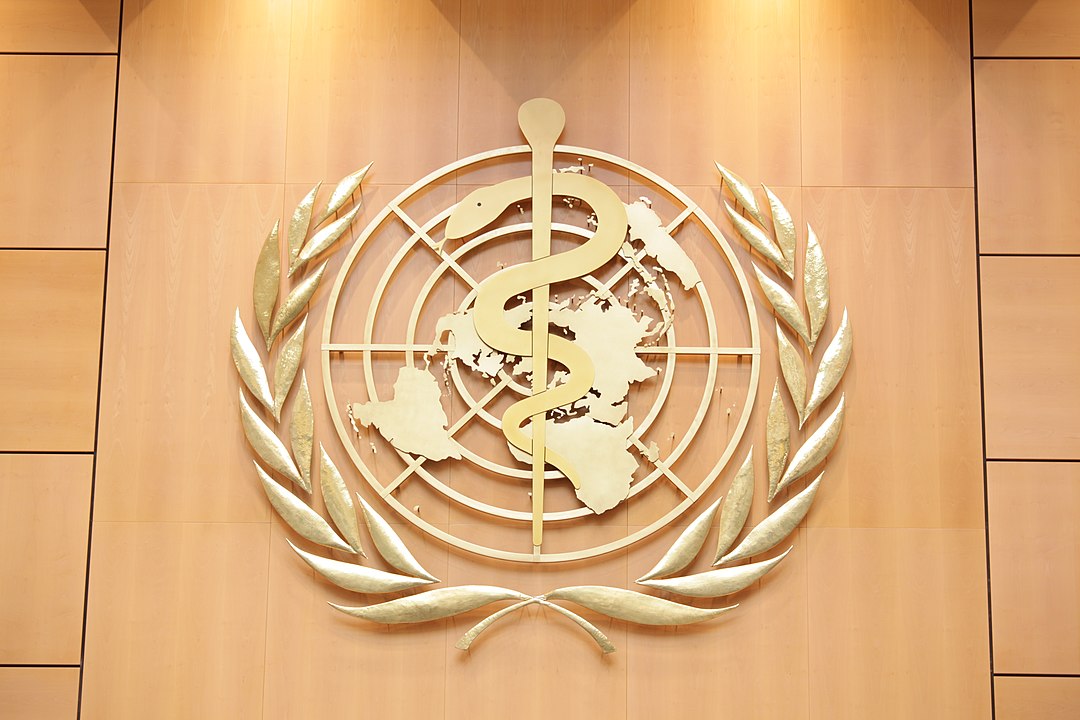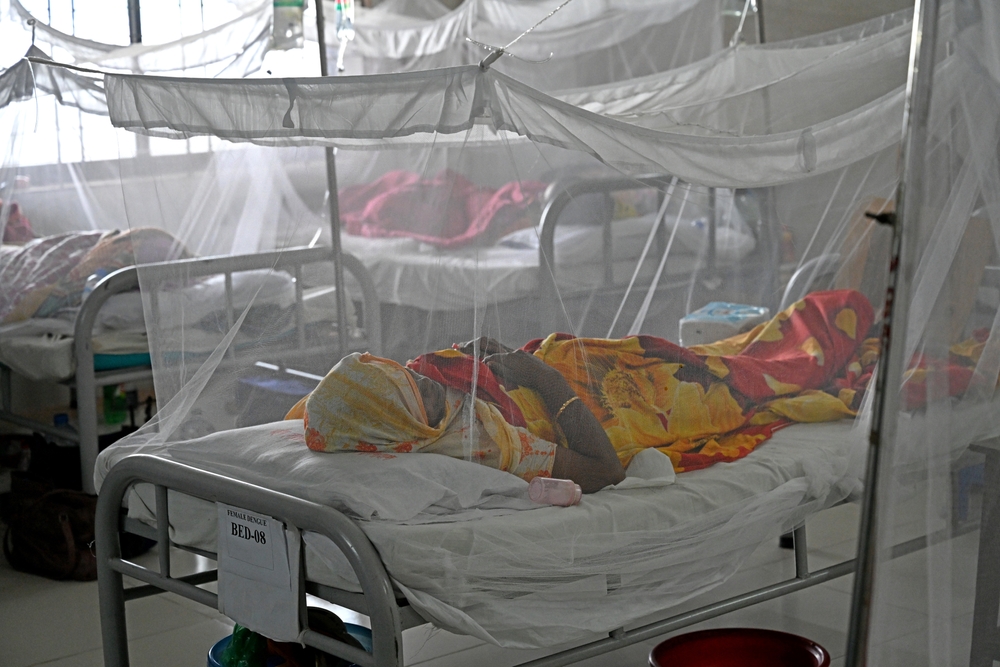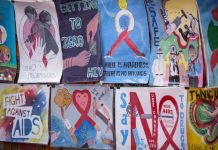This timeline of the World Health Organization and its history helps shine a light on the organization’s purpose and achievements. I referenced this timeline in the recent podcast episode Eradicating Disease part of our ongoing podcast series Plagued: Humanity’s History with Disease, Outbreaks, and Pandemics.
- 1851 – The first International Sanitary Conference convenes in Paris in response to cholera outbreaks. This is noted as the first coordinated global effort to prevent and fight disease. This is the first in a series of meetings by the conference that takes place from 1851 to 1938.
- 1892 – International Sanitary Conference convention to deal with cholera is passed.
- 1897 – The International Sanitary Conference passes another convention to deal with bubonic plague.
- 1908 – The International Health Office is established in Paris. The organization holds no power or authority to act on its own. Its mission is to collect and distribute information with various national health departments around the world.
- 1922 – The League of Nations Health Committee and Health Section is established. It would become known as one of the more successful auxiliary organizations of the League of Nations.
- 1948 – The World Health Organization (WHO) is established as part of the United Nations. It is the first specialized organization of the new United Nations that every participating nation supported.
- 1948 – The International Classification of Disease is published. This is the global standard to report and categorize diseases, health-related conditions, and external causes of disease and injury.
- 1950 – Mass TB immunization program begins.
- 1955 – The effort to eradicate malaria is launched.
- 1958 – The Soviet Union’s Deputy Health Minister calls upon the WHO to eradicate smallpox. Two million people per year were dying of smallpox at that time.
- 1969 – The International Sanitary Regulations, originally endorsed in 1951, are renamed the International Health Regulations, specifically covering cholera, plague, smallpox, and yellow fever.
- 1975 – The Special Programme for Research and Training in Tropical Diseases is established to help coordinate, support and influence global efforts to combat neglected infectious diseases that disproportionately affect poor and marginalized populations.
- 1977 – The WHO publishes its list of essential medicines that will satisfy a society’s priority healthcare needs.
- 1979 – The WHO declares smallpox the first disease in history to be eradicated by human effort.
- 1986 – WHO begins its global program on HIV/AIDS
- 1988 – Global polio eradication effort begins
- 1991 – The World Health Assembly adopts a resolution to eliminate leprosy.
- 2000 – The Global Outbreak Alert and Response Network is established to detect and combat the international spread of outbreaks.
- 2002 – The global fund to fight AIDS, tuberculosis, and malaria is created.
- 2020 – The US announces its intent to leave the World Health Organization.
Timeline of the World Health Organization








